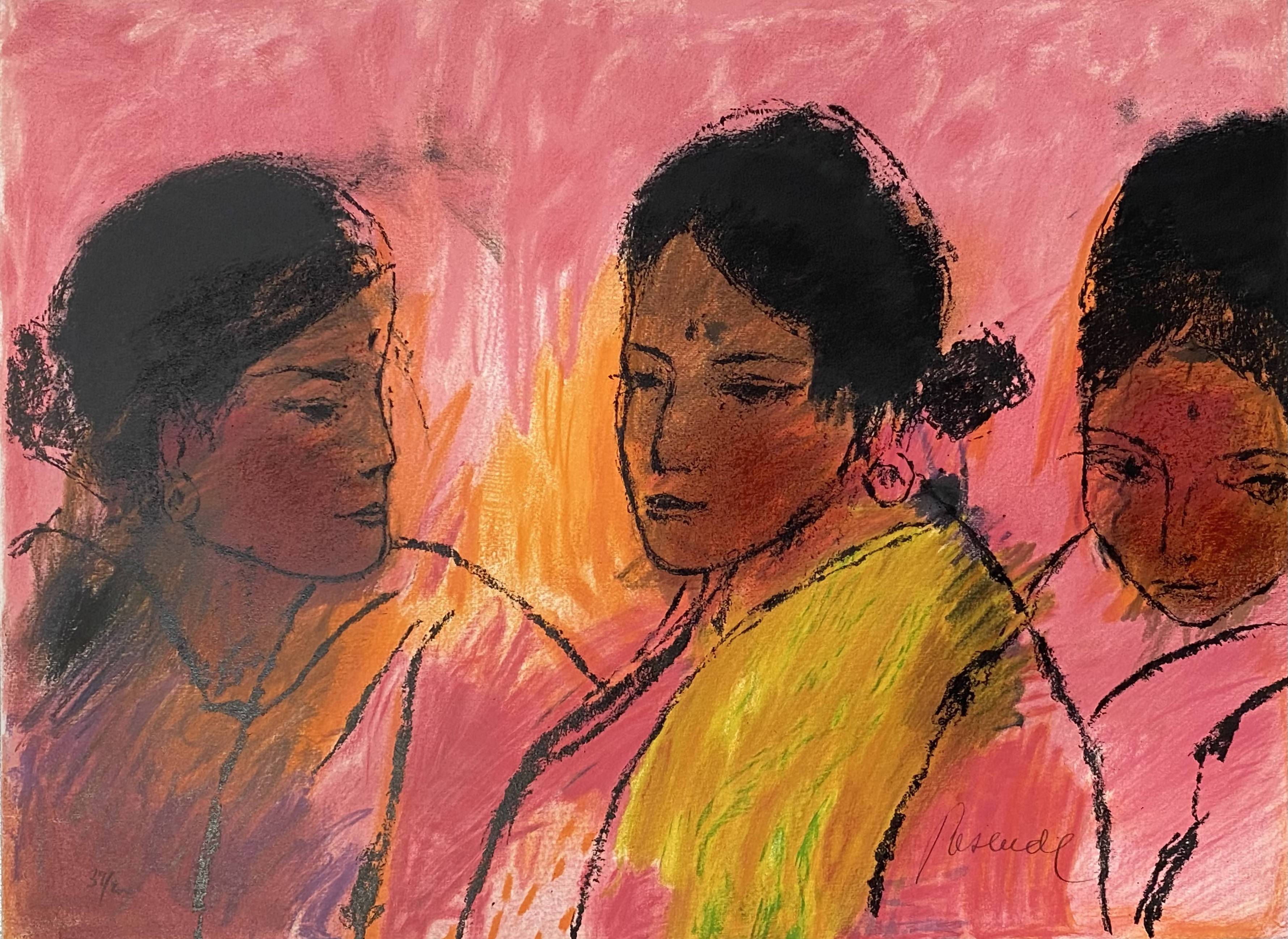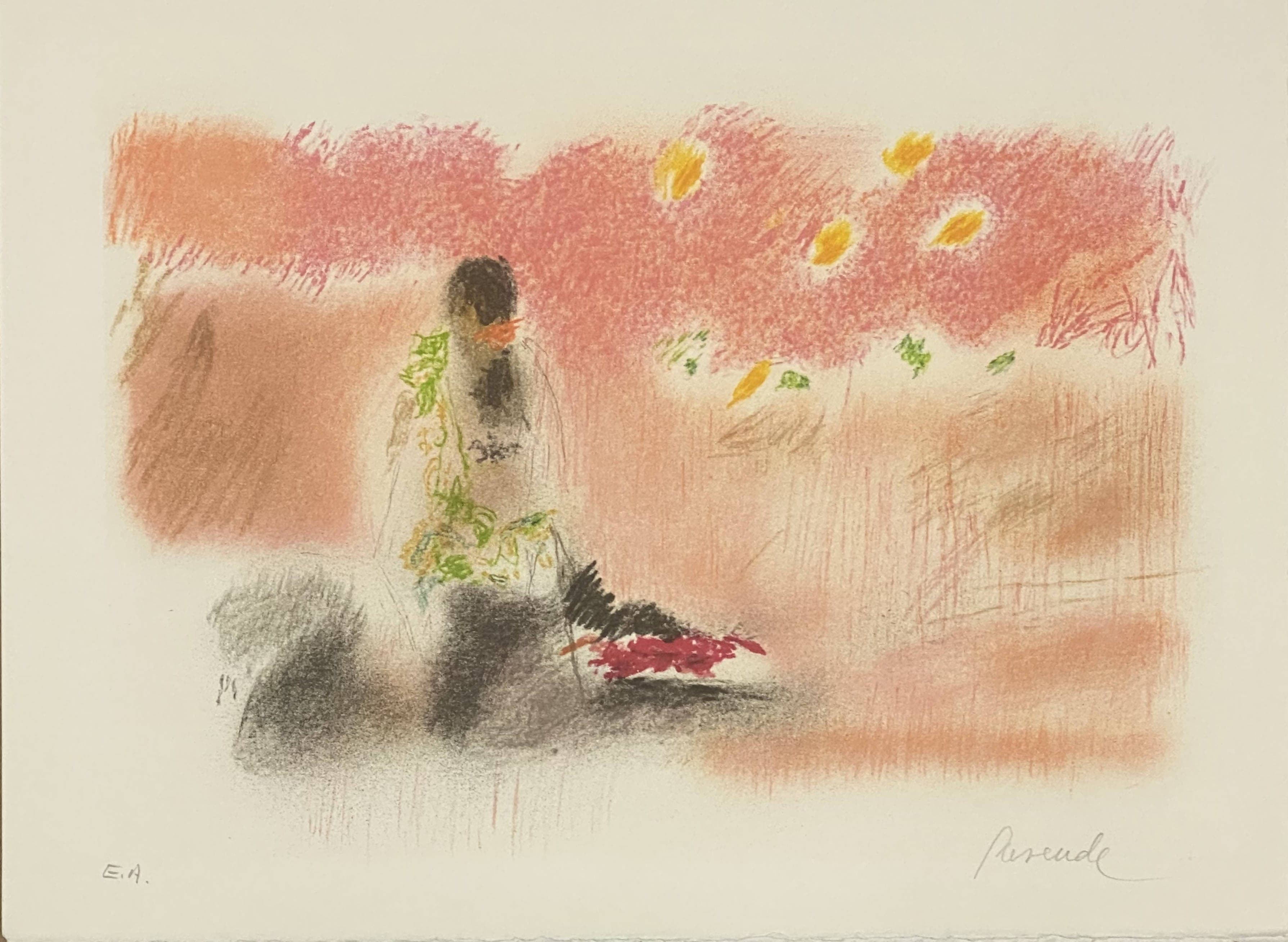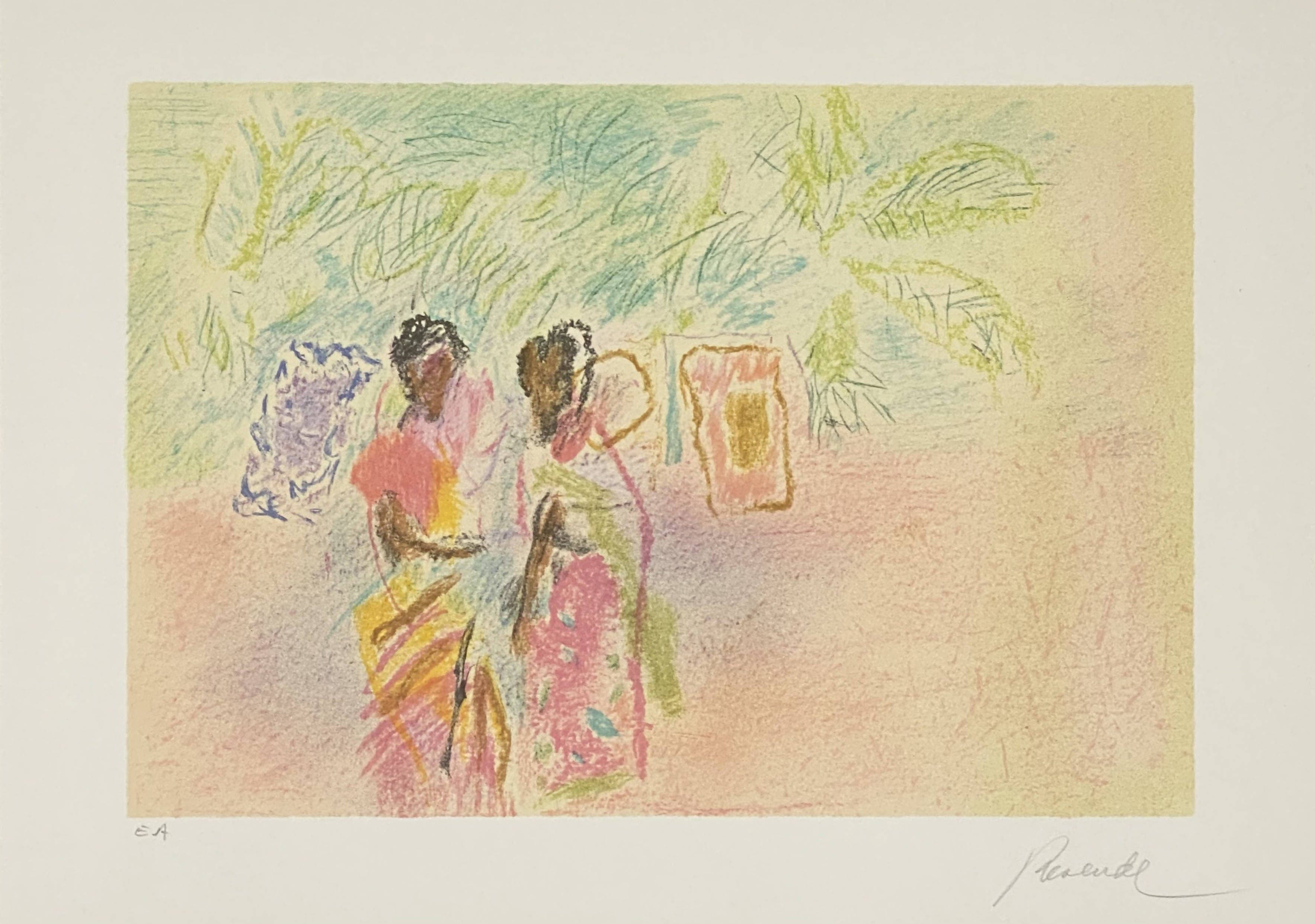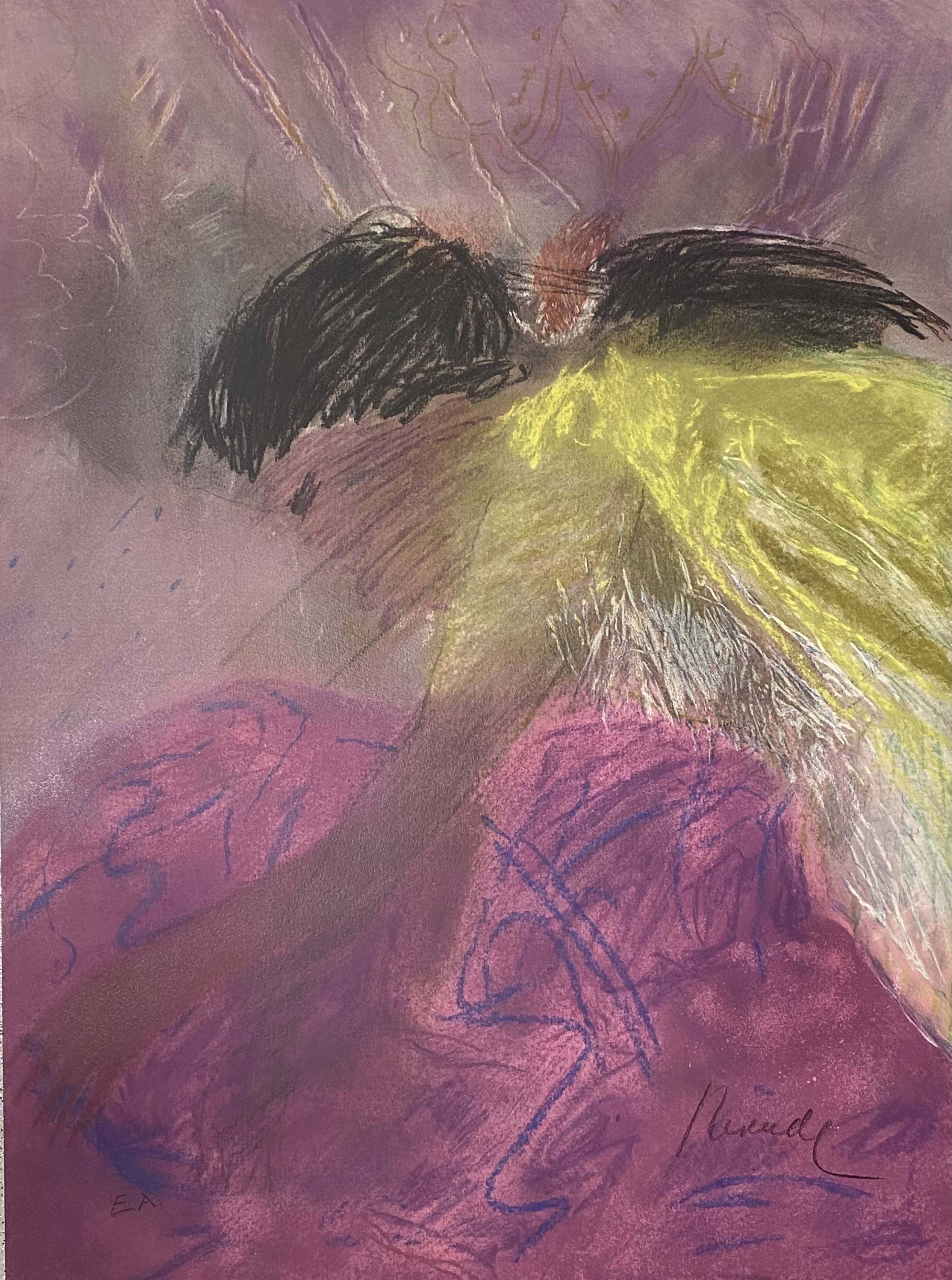
Between figuration and abstraction, the works of Júlio Resende (1917-2011) express a transition of artistic movements that end up interconnecting. The Portuguese painter portrayed, in a personal way, his lyrical tastes in the plastic experiments he carried out. Júlio Resende was a transitional painter between figuration and abstraction, who presents a strong lyrical feature, in a personal and syncretic way, reflections on different plastic experiences, such as expressionism, geometrism, gesturalism, non-figuration or neo-figurativism . Find out more about this artist in this article.
The first steps in painting Júlio Resende
One of the great names of national neo-realism, Júlio Resende, pseudonym of Júlio Martins da Silva Dias, was born in Porto, on 23 October 1917. He studied at the Silva Porto Academy, as a student of Alberto Silva, from 1930 and then, in 1937, attended the Porto Schools of Fine Arts. He began his artistic activity at a young age as an illustrator in children's weeklies and in the daily press and exhibited for the first time in 1943, at the 1st Independent Exhibition. That year, he exhibited individually, also for the first time, at Salão Silva Porto.
From Porto to Europe
In 1946, he received a scholarship from the Institute for High Culture and the following year he left for Paris, where he studied fresco and engraving techniques. The work produced in Paris, of an expressionist nature, was exhibited in Portugal in 1949, raising some apprehension on the part of critics. This scholarship from the Institute for High Culture allowed him to experience Europe, in particular Paris and Madrid. He thus had privileged contact with the works of Picasso and Goya, which, according to him, awakened in him a special attention to abstractionist painting.
|
|
|
The pictorial influences of Júlio Resende
In 1949 and 1950, he taught in Viana do Alentejo and at this time created paintings whose themes are based on the environments and characters that surround him and which are characterized by the dynamism and plasticity of the compositions.
In the 1950s, the painter settled in Porto, always sharing his time between art and teaching, thus always maintaining an intense artistic activity, participating in exhibitions and responding to orders for mural painting, ceramic panels , scenography, illustrations. Due to the influence of the region, people from the sea became the dominant theme of his painting, having presented his works in individual exhibitions in countries such as Spain, Belgium, Norway and Brazil.
National and International Recognition
In 1951, he won the Special Prize of the Bienal de São Paulo and, in 1959, he surprised again, getting an honorable mention. Ten years later, he returned to the São Paulo Art Biennial, winning the Graphic Arts Prize, with illustrations for the novel "Aparição", by Vergílio Ferreira. In the 1960s, Resende also became interested in decoration and architecture projects, including six stoneware panels at the Palace of Justice in Lisbon. In Porto, he created two ceramic panels for the Hospital de São João and also the gigantic panel of tiles "Ribeira Negra" existing at the exit of the lower deck of the Bridge of D. Luís I, this panel eventually becoming one of his most recognized works . In Gondomar, there is a fantastic tile panel, located in the center of the parish of Gondomar (São Cosme). The panel can be seen in Largo do Souto, next to the amphitheater. the work of Júlio Resende earned him numerous awards and decorations. He was named a member of the Belgian Royal Academy of Sciences, Letters and Fine Arts in 1972, and in 1982 he received the insignia of Comendador de Mérito Civil de España awarded by the King of Spain. In Portugal, he was distinguished with the AICA Prize (International Association of Art Critics) in 1985.
On October 23, 1997, in the presence of the President of the Republic, Jorge Sampaio, the opening session of Lugar do Escolha – Fundação Júlio Resende, an institution that houses a collection of around two thousand drawings, which the artist gathered throughout his career and which is today a reference in national culture and art.
Júlio Resende died on September 21, 2011, in his Lugar do Escolha, in Valbom, parish of Gondomar, where he chose to be buried. Júlio Resende he was a transitional painter between figuration and abstraction, different movements that are intertwined in his work. It presented a strong lyrical feature, in a personal and syncretic way, reflections on different plastic experiences, such as expressionism, geometrism, gesturalism, non-figuration or neo-figurativism.




